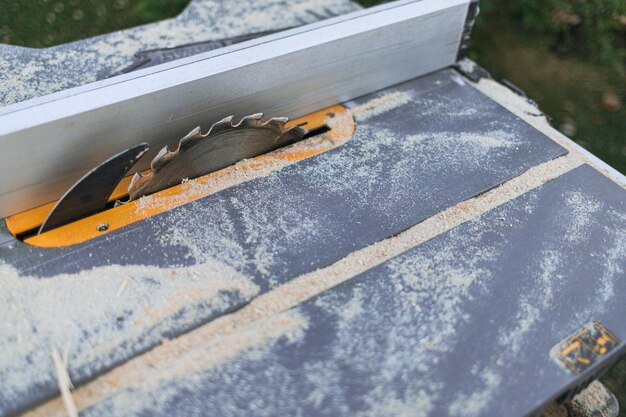Knowing When It's Time to Replace Your Roof: Essential Tips for Homeowners
Few aspects of your home are as critical as the roof. It shields you from the elements, contributes to your home’s energy efficiency, and adds to its curb appeal. However, like all things, it doesn’t last forever and will eventually need replacement. Recognizing the signs early can save you dollars and trouble later. So, how do you know when it's time to replace your roof?
Key Signs That Indicate Roofing Replacement Is Needed
Age of the Roof: Most roofs have a lifespan of 20-30 years, depending on the material and environmental conditions. If yours is approaching or has surpassed this age range, it might be time for a replacement.
Missing or Damaged Shingles: Shingles that are cracked, curled, or missing altogether can dramatically reduce your roof's efficacy. If more than a third of your shingles are affected, a complete roof overhaul may be more cost-effective in the long run.
Visible Sagging: Sagging is often a sign of structural damage. Whether it’s due to water damage or the weight of accumulated debris, addressing this urgently is crucial to avoid further complications.
Leaks and Water Damage: Even minor leaks can lead to significant water damage if not addressed. If you notice water stains on your ceilings or walls, it's likely that your roof has gaps or holes.
Granule Loss: Check your gutters for granules, which are often washed away from asphalt shingles over time. This accumulation is a warning sign that your shingles are wearing thin and might soon expose the underlying layers.
Moss or Algae Growth: Though not a structural problem in itself, moss and algae retention can cause moisture damage and indicate a declining roof.
Making Financial Sense of Roof Replacement
Replacing a roof is an investment, but financial options are available to ease the burden. Understanding these can guide you in financing your roof replacement without undue stress.
Government Aid Programs: Several government programs are designed to assist homeowners with home improvements, including roof replacement. Consider researching local or federal programs that offer grants or low-interest loans for essential home repairs.
Home Improvement Loans: Many financial institutions offer loans targeted towards home improvements. These may come with favorable terms and lower interest rates compared to typical personal loans.
Homeowners Insurance: Depending on the cause and extent of damage, your homeowner's insurance might cover part of your roof replacement. Always verify the specifics of your policy to understand coverage limitations.
Exploring Additional Resources for Homeowners
Credit Card Solutions: If financing options are limited, some homeowners successfully utilize zero-interest promotional credit card offers to finance their roof replacements—provided they can repay within the interest-free window.
Educational Grants and Workshops: Home maintenance and repair workshops are invaluable for homeowners looking to perform minor fixes themselves. Additionally, grants for energy-efficient home improvements might offset costs when upgrading to sustainable roofing solutions.
Debt Relief Options: Exploring debt relief options may provide extra breathing room in your budget, enabling you to allocate more towards essential home repairs without overextending your finances.
Financial Assistance and Resource Guide 🏠💸
- 🏢 Government Assistance Programs: Check local and federal home improvement grants.
- 💰 Home Improvement Loans: Available from banks and credit unions with favorable terms.
- 🛡️ Insurance Coverage: Review your homeowner's insurance for coverage details on roof damage.
- 💳 Credit Solutions: Look for credit cards offering zero-interest periods for large expenses.
- 🎓 Educational Resources: Engage in workshops or programs offering DIY repair guidance.
- 📉 Debt Management: Explore consolidating debt to free up funds for necessary repairs.
Understanding when a roof needs replacement and exploring available financial assistance can demystify a potentially daunting task. Armed with this information and proper resources, you can ensure your home remains a haven for years to come.
